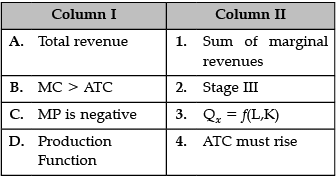Test: Production and Costs- Match Based Type Questions - Commerce MCQ
15 Questions MCQ Test - Test: Production and Costs- Match Based Type Questions
Identify the correct pair of items from the following Columns I and II:


Identify the correct pair of terms and definitions from the following Columns I and II:
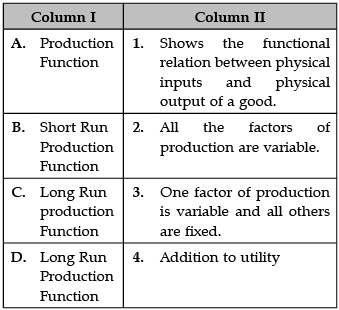

Identify the correct pair of from the following Columns I and II:
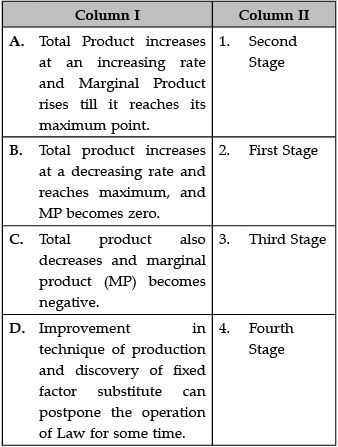

Identify the correct pair of items from the following Columns I and II:
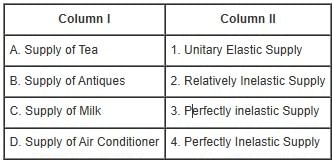
Identify the correct pair of items from the following Columns I and II:
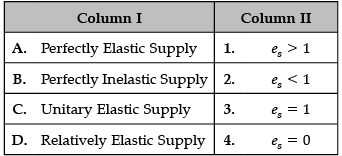
Identify the correct pair of items from the following Columns I and II:
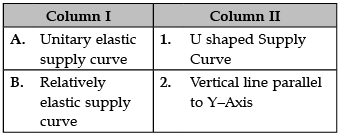

Identify the correct pair of items from the following Columns I and II:
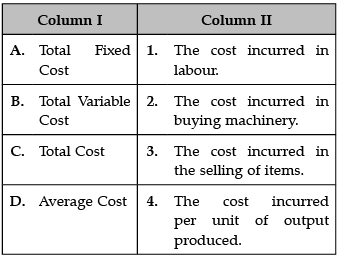
Identify the correct pair of items from the following Columns I and II:
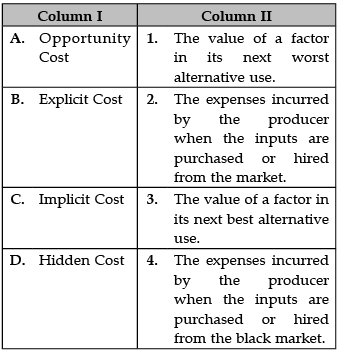
Identify the correct pair of items from the following Columns I and II:
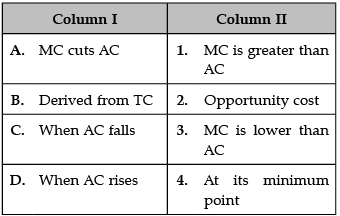
Identify the correct pair of items from the following Columns I and II:
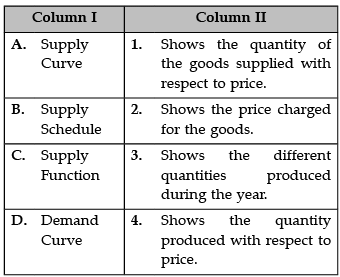
Identify the correct pair of items from the following Columns I and II:
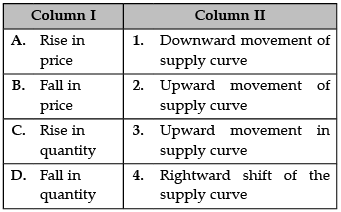
Identify the correct pair of items from the following Columns I and II:


Identify the correctly matched items from Column I to that of Column II:
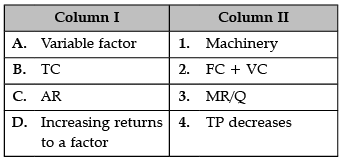
Identify the correctly matched items from Column I to that of Column II:

Identify the correctly matched statements from Column I to that of Column II:
